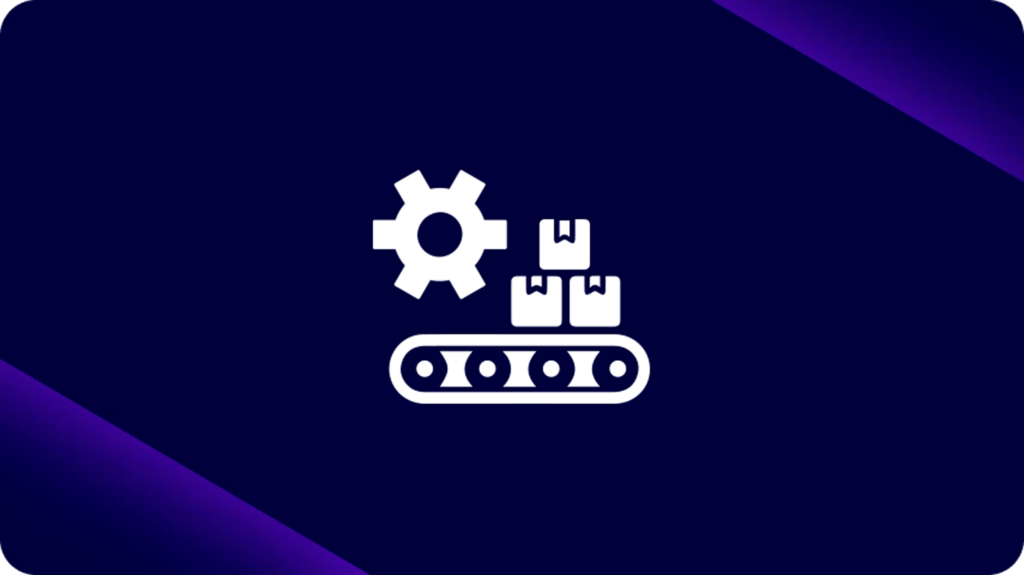dezembro 19, 2023
Há alguns meses, a McKinsey & Company publicou um artigo intitulado ‘Sim, você pode medir a produtividade do desenvolvedor de software’. O texto criou um grande burburinho na comunidade de desenvolvedores.
As reações ao artigo for rápidas, algumas bem críticas. Uma rápida pesquisa no Google renderá muitos exemplos de comentários de pessoas como Kent Beck, um dos 17 signatários originais do Manifesto ágil. Beck afirmou em um artigo recente, que acredita que a introdução de tal estrutura é equivocada e certamente sairá pela culatra. “O framework da McKinsey provavelmente causará muito mais danos do que benefícios às organizações – e à cultura de engenharia nas empresas. Esses danos podem levar anos para serem desfeitos”, completou.
Por que uma reação tão forte? Não é que os desenvolvedores se recusem a ser responsabilizados por seu trabalho ou pelo que produzem. Em vez disso, trata-se mais da tentativa de medir os resultados em métricas puras e quantificadas para uma função que requer pensamento criativo e resolução de problemas. O desenvolvimento de software não é uma linha de montagem que produz widgets e, ainda assim, cada um de nós em funções corporativas deve ter nosso trabalho medido e avaliado.
Opto por iniciar minha previsão anual citando este artigo – e a reação que ele causou – porque o conceito é aplicável ao que vejo acontecer em termos mais amplos à medida que avançamos para 2024, especificamente à medida que vemos mais ferramentas de automação sendo adotadas em toda a empresa. E, também, à medida que vemos mais funcionalidades de IA sendo lançadas em todos os tipos de produtos.
>> Agende uma demonstração personalizada com nossa equipe de especialistas e veja como o iPaaS da Digibee trará eficiência ao seu negócio.
A automação está ajudando ou prejudicando os desenvolvedores?
No ano passado, no meu primeiro blog post anual de previsões, falei sobre a demanda por talentos tecnológicos para se tornarem mais competitivos, apesar das recentes ondas de demissões em alguns gigantes da tecnologia que fizeram com que um grupo de pessoas experientes estivesse subitamente disponível. Acredito que esta procura crescente de especialistas especializados em disciplinas tecnológicas específicas continua elevada, com a evolução da dinâmica a impactar ainda mais a situação.
A primeira dinâmica em evolução é o equilíbrio entre o controle centralizado da tecnologia e a capacitação federada daqueles que estão fora das equipes de TI e de desenvolvimento para criar mudanças e implantar tecnologia com a ajuda da TI. Por um lado, a TI centralizada é a forma antiga de fazer negócios. Já se foi o tempo em que todas as solicitações de tecnologia – grandes e pequenas – eram enviadas a uma equipe interna e colocadas em fila. Isso cria atrasos e ignora a série de avanços tecnológicos que permitem aos usuários agir, para realizar o que precisam.
O outro lado desta moeda é a governança e a supervisão. Quanto mais tecnologia for implantada fora do controle da TI, maior será o risco de problemas de segurança e expansão tecnológica que se torna incontrolável, muitas vezes mal planejada e executada. Os usuários finais são treinados para compreender a segurança e a privacidade dos dados, e as implicações de suas ações na proteção de dados? E quanto aos freios e contrapesos da dívida técnica? As equipes departamentais entendem as implicações da integração de sua tecnologia a aplicativos centrais e fontes de dados em termos de controle de versão, impactos no desempenho e outras implicações?
Portanto, o equilíbrio está em algum ponto intermediário. Mas esse equilíbrio não é fácil de alcançar. A pressão é para transformar, mas também para continuar a produzir. Não se engane, embora estejamos capacitando mais equipes, a TI centralizada veio para ficar. Mas não parece nem age como há alguns anos atrás.
Então, minha primeira previsão é muito parecida com o que eu disse no ano passado: os líderes de TI continuarão a lutar para contratar e reter talentos, então a guerra por talentos continua real.
Os líderes tecnológicos precisam se concentrar em duas coisas principais. Primeiro, eles precisarão descobrir a abordagem ideal para a federação e o empoderamento de outras equipes.
Em segundo lugar, está o empoderamento das suas próprias equipas de desenvolvimento, com a adoção de ferramentas e competências para continuarem a produzir num ambiente em mudança. Embora a comunidade de desenvolvedores tenha falado contra a produtividade em prol da produtividade, o que importa é permitir a experiência certa para que os desenvolvedores tenham sucesso.
A ascensão (gradual) da GenAI em 2024
Como meu colega Rodrigo Bernardinelli aponta em seu blog post de previsões para 2024, se você fornecer qualquer tipo de visão do próximo ano sem mencionar a Inteligência Artificial (IA) em geral – e a GenAI em particular – você estará ignorando o proverbial elefante na sala.
Concordo com a perspectiva de Rodrigo para o próximo ano, de que as principais aplicações transformadoras da IA Generativa provavelmente ocorrerão em alguns anos, mas veremos cada vez mais recursos e produtos reais e significativos surgindo em 2024. Ainda não atingimos um estado de Inteligência Artificial Geral (AGI), mas a transformação certamente está em andamento.
Então aqui está minha previsão: 2024 é o ano em que começamos a sair da fase de experimentação e começamos a ver exemplos reais de GenAI sendo aplicados no empreendimento.
Vejo a empolgação do potencial da GenAI um pouco contida pela necessidade de compreender as consequências. Não estou falando de cenários apocalípticos discutidos na mídia e em outros lugares, estou falando de questões práticas, como implicações de privacidade e proteção de dados para aqueles que inserem dados pessoais ou de clientes nessas ferramentas. Além disso, estou falando sobre o ROI dos investimentos em IA – quanto tempo e orçamento você está gastando e quais são os resultados planejados?
Em última análise, os vencedores da IA – pelo menos no curto prazo – serão aqueles que escolherem casos de utilização da GenAI que ampliem o que já são diferenciadores para os seus negócios e produtos. Na verdade, existem diversas ofertas excelentes de software habilitado para IA que estão sendo amplamente utilizados pelas empresas para casos de uso que vão desde ciência de dados e modelagem preditiva até marketing digital e anotações de reuniões.
O pior cenário é parecer um ludita como aqueles pegos de surpresa pelo surgimento do ChatGPT há um ano. O melhor caso é um fortalecimento de suas ofertas sem consequências negativas indesejadas.
Aqui na Digibee, estamos focados no uso de IA para melhorar continuamente a experiência dos desenvolvedores e engenheiros de software que usam nossa plataforma. Estas são as pessoas que são mais afetadas pelo cabo de guerra entre o controle centralizado de TI e a abordagem federada.
Estamos usando IA para ajudar a empoderar todos os desenvolvedores a criarem e manterem integrações com mais facilidade, de modo que a federação que capacitamos não se estende a toda a organização, mas sim a profissionais de tecnologia qualificados para serem proficientes, rápidos e responsáveis neste trabalho.
O que a Digibee está fazendo em 2024?
No início deste blog post, mencionei o artigo recente que levou tantas pessoas na comunidade de desenvolvedores a defender como escolhem trabalhar e como preferem ser julgados. Enquanto a Digibee se esforça para continuar sendo a escolha do desenvolvedor para integração, ouvimos isso em alto e bom som.
Falamos sobre desenvolvedores presos entre o gargalo do gerenciamento centralizado de tecnologia e a expansão da capacitação técnica federada do usuário final. A Plataforma de Integração Digibee é o tipo de ferramenta que descrevi acima – desenvolvida especificamente para capacitar os desenvolvedores a abstrair a complexidade e a codificação mundana desnecessária para se concentrar em tarefas mais importantes.
E esta missão de capacitar os desenvolvedores é reforçada por aplicações práticas da tecnologia de IA. Para saber mais sobre o que estamos fazendo para que isso aconteça, confira meu último blog post.
Eu recomendo fortemente que os líderes das equipes de desenvolvimento e arquitetura agendem uma demonstração com a Digibee para conhecer nossas capacidades.









